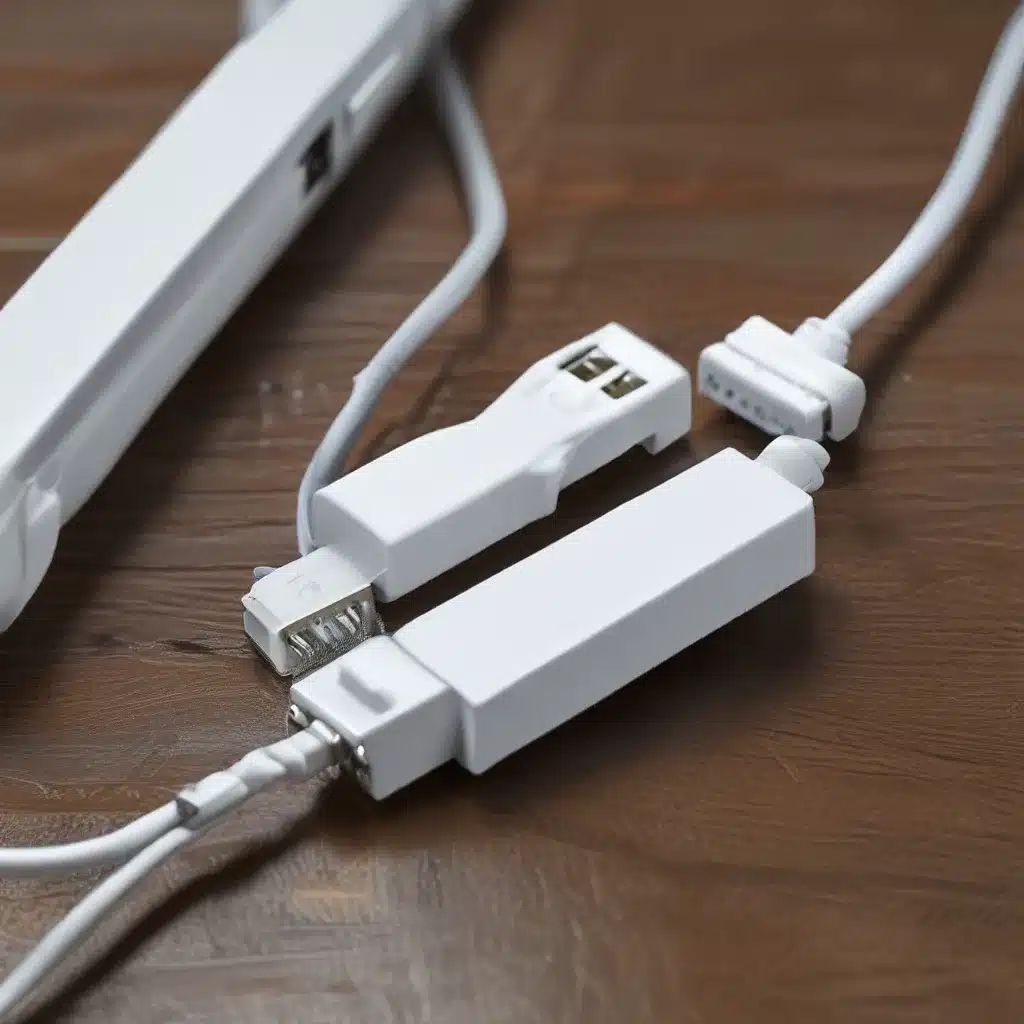
Restarting the USB Drivers: A Surefire Fix
Have you ever experienced the frustration of a USB device that suddenly stops working on your Windows computer? It’s like the thing just vanishes into thin air, leaving you scratching your head and wondering, “What in the world happened?”
Well, my friend, I’m here to tell you that you’re not alone. This is a common issue that many Windows users face, and the good news is, there’s a simple solution that can get your USB device up and running again in no time.
The key is to restart the USB drivers. Now, I know what you’re thinking, “Restart the drivers? That sounds complicated!” But trust me, it’s a lot easier than you might think. In fact, it’s one of the first things I recommend trying when you’re having USB issues.
Here’s how you do it:
- Open the Device Manager. You can do this by right-clicking on the Start menu and selecting “Device Manager.”
- Once you’re in the Device Manager, look for the “Universal Serial Bus controllers” section.
- Right-click on the USB Root Hub and select “Disable.”
- Wait a few seconds, then right-click on the USB Root Hub again and select “Enable.”
Voila! Your USB device should now be working again. It’s like magic, I tell you.
Now, you might be wondering, “But what if that doesn’t work?” Well, fear not, my friend, because there are a few other tricks up my sleeve.
Resetting the USB Controllers
If the simple restart method doesn’t do the trick, you can try resetting the USB controllers. This is a bit more involved, but it’s still a relatively straightforward process.
- Open the Device Manager again.
- Look for the “Universal Serial Bus controllers” section and expand it.
- Right-click on each of the USB controllers (usually labeled “USB Root Hub” or something similar) and select “Uninstall device.”
- Once you’ve uninstalled all the USB controllers, restart your computer.
- Windows will automatically detect and reinstall the USB controllers, which should resolve any issues you were having.
Checking for USB Conflicts
Sometimes, the problem with your USB device might not be with the drivers themselves, but with conflicts between different USB devices or drivers. To check for this, you can try the following:
- Open the Device Manager and look for any yellow exclamation marks or other warning signs next to your USB devices.
- If you see any, right-click on the device and select “Properties.”
- Check the “Device status” section for any clues about the conflict.
- If you find a conflict, try unplugging any unnecessary USB devices and see if that resolves the issue.
Reinstalling the USB Device
If all else fails, you can try reinstalling the USB device itself. Here’s how:
- Open the Device Manager and locate the USB device you’re having trouble with.
- Right-click on the device and select “Uninstall device.”
- Once the device is uninstalled, restart your computer.
- When your computer has finished restarting, plug the USB device back in.
- Windows should automatically detect and reinstall the device, hopefully resolving any issues.
Wrap-up
There you have it, folks! A handful of tried-and-true methods for getting your USB devices working again in Windows. Remember, the key is to stay calm, take a deep breath, and methodically work through the steps.
Oh, and one more thing – if you’re still having trouble, don’t hesitate to reach out to the team at ITFix.org.uk. They’re the experts when it comes to all things Windows, and they’ll be more than happy to lend a hand.
Happy computing, and may your USB devices never fail you again!












